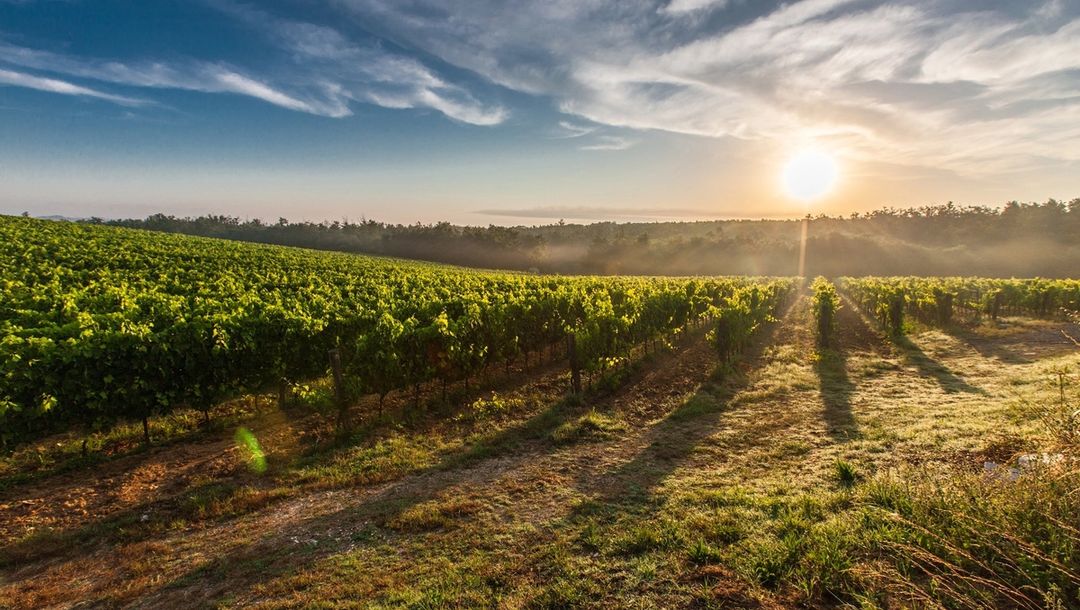Environmental Injustice In Native American Communities

Written by Clare Cogan, Community Associate @blueland
November 12, 2020
Since 2009, November has been recognized as National Native American Heritage Month. And since Blueland is headquartered in NYC, we’d like to begin by acknowledging that we are gathered on the unceded land of the Lenape peoples, their elders both past and present, as well as future generations. For those who reside outside of the New York Metropolitan region, please join us in acknowledging our settling of the stolen land of Turtle Island, these sacred lands.
In observance of National Native American Heritage Month, we want to highlight environmental injustices that uniquely impact and threaten Native American peoples and communities. With that in mind, it’s imperative that we first recognize a few things. The first is that the majority of Indigenous American nations have been forcibly removed from their ancestral lands and transported to other lands that had been deemed desolate. The second is at the turn of the 20th century, and ever since then, it has become increasingly clear that valuable resources exist in or near these lands where many Native American reservations had been established. The third is that Indigenous communities have been ignored and taken advantage of as the government and private corporations take what they want from these lands with no regard for how it affects the health, culture, and traditions of Indigenous communities. And finally, we must acknowledge that this cycle is a continuation of settler colonialism and the following are detrimental effects inherently tied to its practices.
What Is Fracking?
Hydraulic fracturing, otherwise known as fracking, is the process by which natural gas is extracted from the earth. Fracking is an extremely disruptive process which involves highly toxic chemicals and there are many risks associated with it. These risks include increased earthquake frequency, air and groundwater contamination, as well as health threats and increased birth defects in surrounding populations. In addition, fracking often occurs on Native land/cultural heritage sites and areas of rich biodiversity that can be destroyed as a result of hydraulic drilling. The Bureau of Land Management, which approves drill sites, often approves these fracking sites on or near Native American reservations.
How Does Fracking Impact Native American Land?
Under the Obama administration, a number of rules were imposed to help protect communities against the fracking boom and the subsequent risks involved. The Trump administration has since repealed these rules. Now, Indigenous communities are fighting for the reinstitution of buffer zones between drilling sites and inhabited areas, disclosure of the chemicals used in drilling, and safeguards against groundwater contamination. These Indigenous communities are unable to leave these lands and they cannot stop fracking from occurring. However, they are entitled to basic human rights such as clean water, clean air, and clean land.
To help support Native Americans fighting for protection against fracking, you can donate to the Diné Citizens Against Ruining Our Environment. You can also write a letter to the Bureau of Land Management in protest of their non-compliance with the National Environmental Policy Act and lack of meaningful consultation under the National Historic Preservation Act.
How Does Water Pollution Impact Native American Lands?
The struggle for water rights has been one long faced by Native American communities since being forced onto reservations. Reserved water rights are rooted in the 1908 Supreme Court Case, Winters v. United States, which established that when Congress sets aside federal lands, it must reserve sufficient water to meet the primary purpose of the reservation. While this case applies to water, there is much debate on the federal government’s side as to whether it applies to groundwater.
Inherently tied to the previous section on fracking is another threat to the contamination of groundwater near Indigenous communities and reservations. Once the natural gas has been extracted from the earth via fracking, it must then be transported via a pipeline for further commoditization. The most well known, recent, and highly contested crude oil pipeline is the Dakota Access Pipeline. Just one segment of pipeline was to transfer oil under Lake Oahe, a reservoir less than a mile away from the Standing Rock Sioux Reservation. This is also the tribe’s drinking water source. Not only does the pipeline have the potential to impact the cultural and sacred significance of the ancestral lands, but any spill could damage the tribe’s drinking water, irrigation water, and fishing supply.
The Trump administration allowed for the flow of the pipeline to commence and has been since 2017 in light of much dispute over the protection of groundwater enacted by the Winters v. United States settlement and therefore the National Environmental Policy Act. However, in July 2020, a federal judge ordered the Dakota Access Pipeline to be shut down until a more extensive environmental review is carried out. This is a huge win after many years of protesting and legal battles for the Standing Rock Sioux tribe. However, it’s expected that the pipeline developer, Energy Transfer Partners, will submit an appeal. So, as it stands, the future of the Standing Rock Sioux’s water sovereignty is unknown.
To support the Standing Rock Sioux’s fight against the Dakota Access Pipeline, send a letter to Congress via EarthJustice. Additionally, there are other organizations who are working to bring access to clean water to Indigenous communities, such as DigDeep’s Navajo Water Project.
How Does Hazardous Waste Impact Native American Lands?
Many nuclear test sites, uranium mines, power plants, and toxic waste dumps are situated in very close proximity to or are located on Native American reservations. Such hazardous waste has proven to cause significant health issues through the contamination of water, air, and land.
Based on the 2018 census, over 25% of Native American peoples live below the poverty line. While only about 20% of Indigenous people live on reservations, the greatest economic disparity can be seen in reservation communities, sometimes with few ways of generating income. That being known and with the urgent need to dispose of toxic waste– particularly from nuclear plants– the government and private companies have offered millions of dollars to these marginalized communities – taking advantage of their situation knowing that it would be extremely difficult to turn down… But at what cost?
GreenAction currently has a number of projects to protect Indigenous communities against the dumping and disposal of toxic waste. Check out their initiatives and donate.
The examples discussed present a clear picture of the ways in which Native American communities are ignored and disenfranchised by our government and private corporations, which ultimately results in severe environmental injustices impacting the lives, culture, and traditions of the Indigenous peoples. Furthermore, it should be noted that issues of fracking, the fight for water rights, and exposure to hazardous waste are just a few of the environmental and social issues that Native American people currently face. The most impactful ways to show up for Indigenous communities with your support is with your vote in every election, your dollars directly to these communities or organizations that support and empower Native American peoples, and your voice to spread awareness.
Keep Reading
Refill is the New Recycle
The perfect way to start cutting out single use plastic from your home.











